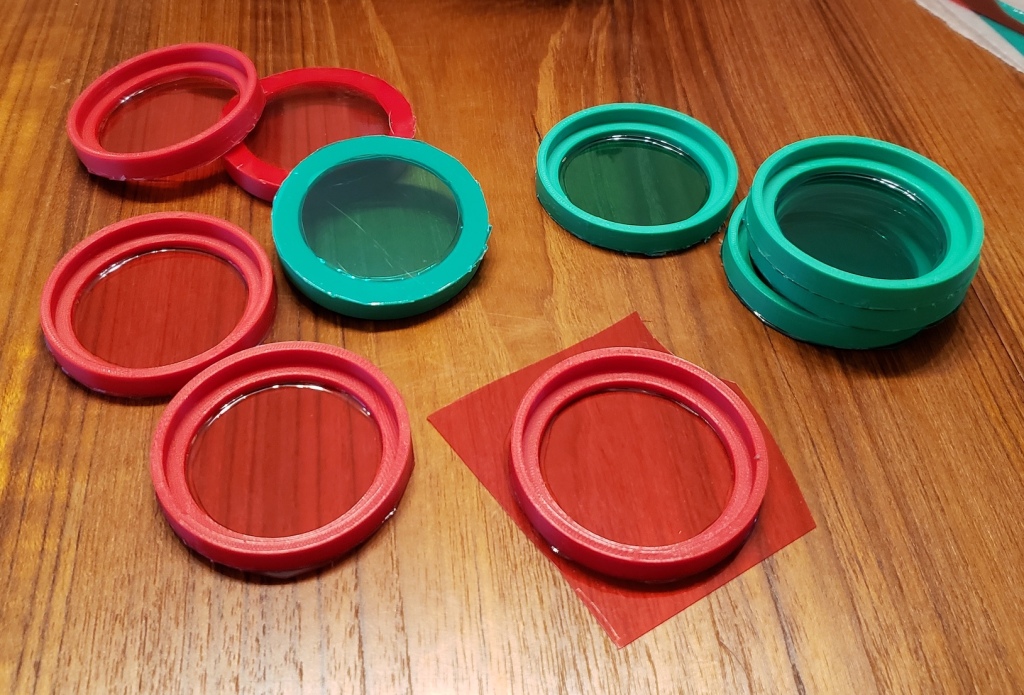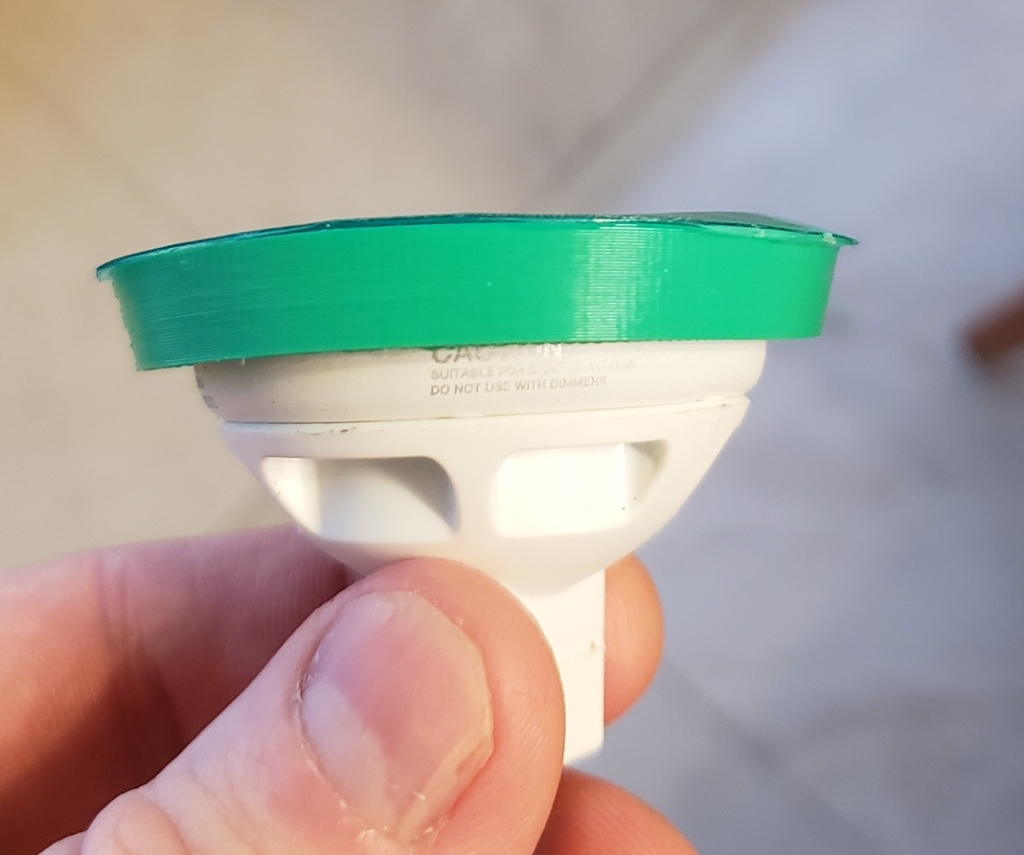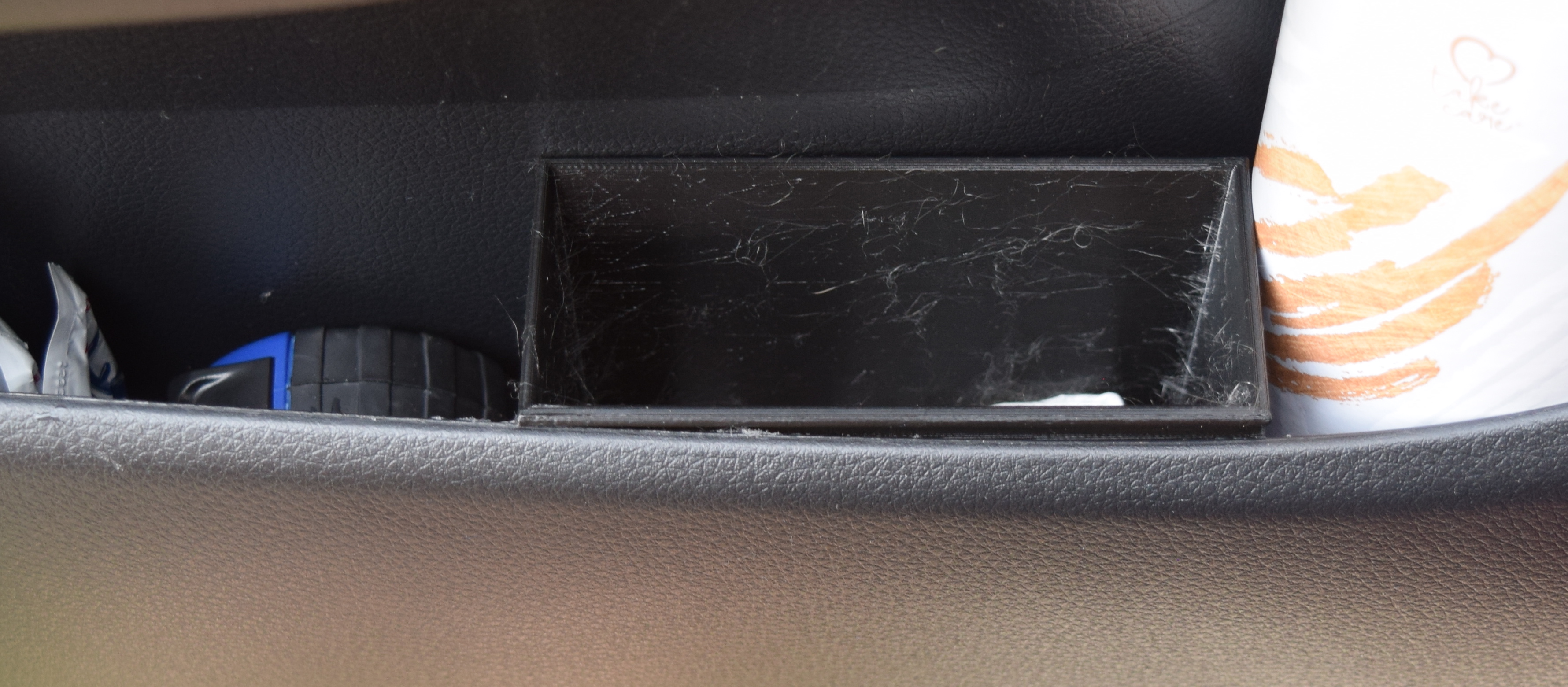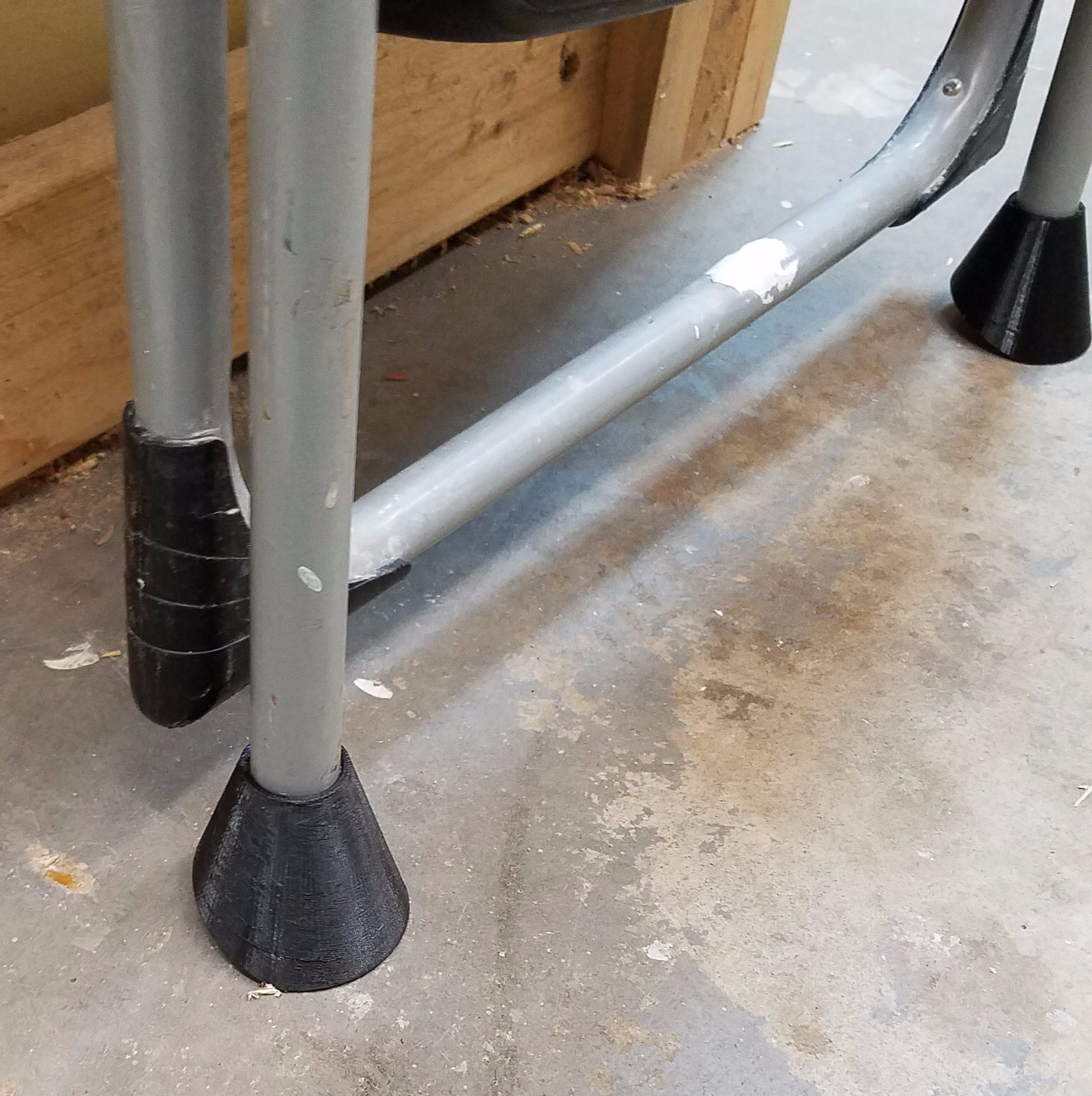This is the second Christmas at our new house. Last year I didn’t get much decorating done because of how much there was to do still. This year has us in better shape from a maintenance standpoint. Last year I started with some printed cones to go around the carriage lights. I also had little inserts that went in the small lantern yard lights. I didn’t document those last year. This year I added the spotlights to the mix.
Cone Shades for Carriage Lights
I 3D printed some cone shaped shades that go around the LED light bulbs in our carriage lights. CFLs would likely be too hot for PLA plastic, and incandescent bulbs would melt everything for sure! They are a single layer thick which you can do with the vase setting on most bits of slicer software.
A single layer thick is going to make them delicate, but they spend most of their life in storage or hanging off a bulb. I printed enough to do all 3 lights as orange for halloween and have the two by the garage be red and green for Christmas.


Lantern Lights
I replaced all the incandescent landscape lights with LEDs really early on. That gave me the ability to add a color hood to each one. These also were a single perimeter width so they would be thin enough to let the light through.
Spotlight Colors
Instead of doing 3D printing alone I picked up some color gel plastic to filter the spotlights in our front yard. I figured this would handle the heat better and let a lot more light through. I printed rings to go around the LED spotlight bulbs. These were glued down to the light gels with E6000 and trimmed once cured.
The results were pretty spectacular. Our icicle lights are overpowering when shooting with my camera, but everything looks really cool. Lots of color all across the yard and front of the house.
At least it DID look good for the first few days. I noticed the reds were looking really pale. I pulled a few of the filters off to inspect. The reds must absorb more than the greens, it completely bleached the gel filter right where the emitters were. The green one got hot enough that the printed part deformed and stuck itself to the LED bulb. Clearly this is going to need a re-think. Next year. It is well after Christmas and I haven’t sat down to work on a solution yet.
I did print a canister that holds all the piece parts for next year. The cone lights stack inside each other to be really compact. The lantern bulb covers are tiny and jingle around the bottom. The spotlight filters are junk at this point, so they don’t need to be stored.
















































































































